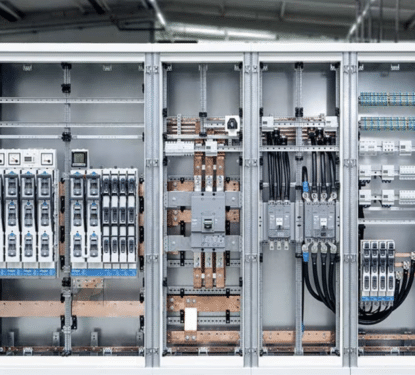Shiny new smart buildings are wonderful. They have energy efficiency built in to provide cost-saving and reduce environmental impact, they apply lighting and environmental controls to ensure all occupants are comfortable and productive, and they offer a wide variety of health, safety, and security benefits. These buildings offer a glimpse of our high-tech future with sensor-rich, data-driven, and intelligently-controlled indoor spaces designed for the occupant experience and the protection of the environment. New smart buildings only make up a tiny percentage of total building stock, however, less than 1% by some calculations, leaving the vast majority of buildings old, dumb, and highly energy inefficient. Buildings account for approximately 40% of total energy consumption, produce around 40% of total carbon emissions, and generate about 40% of our landfill waste. Smart buildings were supposed to be the solution for that staggering impact that buildings have on the environment, but even if every new building was smart it […]
Most Popular Articles

Hager Group’s Energy Management Software Expansion: 15 Years of Acquisitions Analyzed
This Research Note examines Hager Group, the German supplier of electrical distribution products for residential applications, which has extended its business focus to commercial buildings. We comment on its recent inorganic growth strategy in energy management software and services, before analyzing the impact of their acquisitions since 2010. Hager Group Profile Hager Group is a […]

Delta Electronics Building Automation: Key Insights in 2025
In this Research Note, we examine the building automation business of Delta Electronics, a Taiwanese public company. We review the current brand offerings, financial highlights, a recent significant deployment, and provide a Memoori view of this second-tier player, building on our coverage of their strategy last year. Building Automation Brands The building automation business has […]

Securitas Technology Achieves $5.7B Revenue Accounting for 33% of Group 2024
This Research Note examines the electronic security business of Securitas, rebranded as Securitas Technology, based on investor presentations and their 2024 annual report. This article highlights the financial performance and progress of the business in integrating the STANLEY Security acquisition and repositioning the group as a technology-based supplier of integrated solutions in higher growth markets. […]
